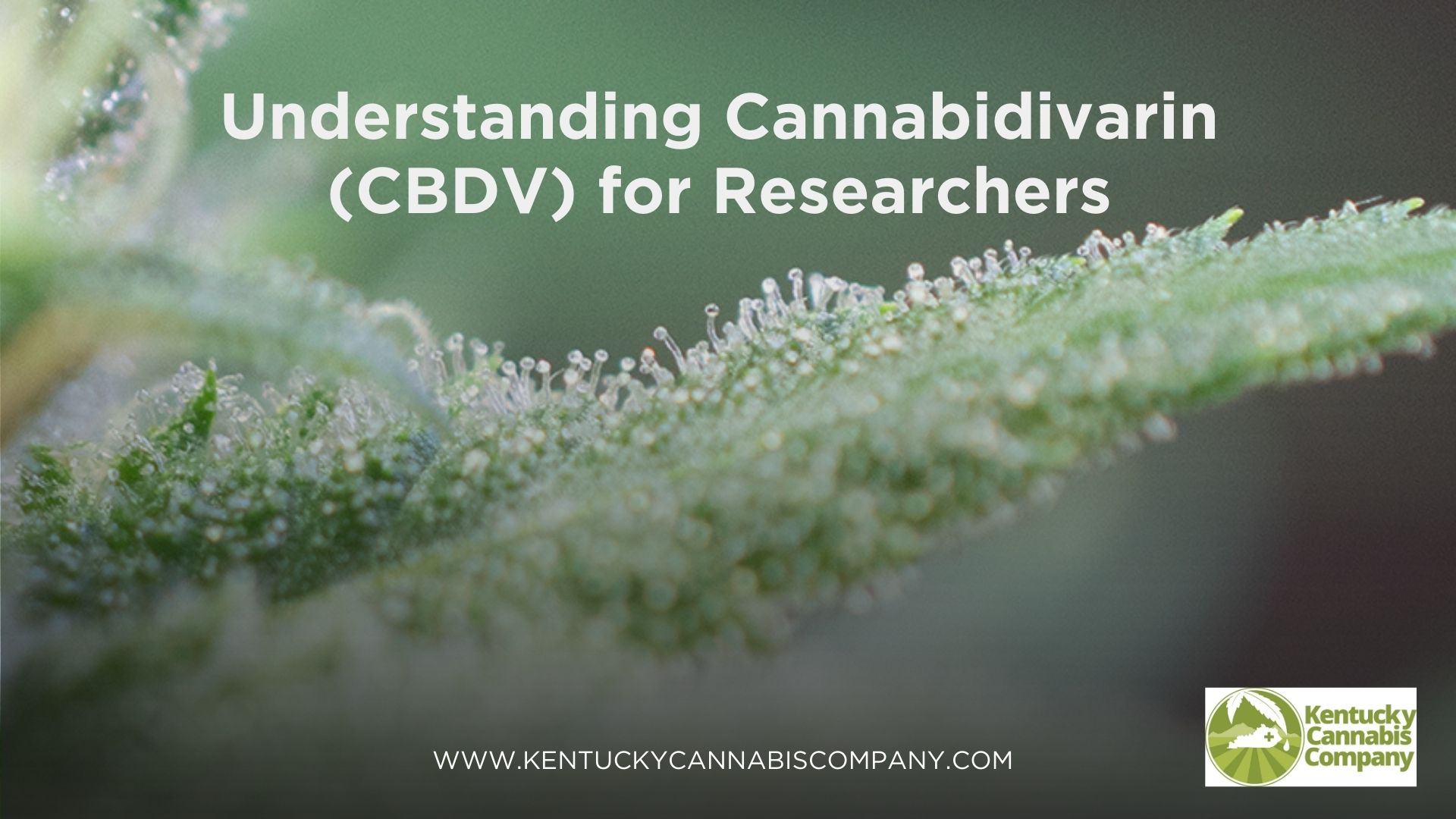
Cannabidivarin (CBDV): A Detailed Guide for Researchers
Introduction: Cannabidivarin (CBDV) is a non-psychoactive cannabinoid present in Cannabis sativa, holding a structural resemblance to Cannabidiol (CBD) but boasting unique characteristics that beckon further exploration. This detailed guide aims to unravel the potential benefits of CBDV, elucidate its distinctions from other cannabinoids like CBD, and respond to common inquiries regarding CBDV, with a special focus on its potential in addressing autism and epilepsy.
What is Cannabidivarin (CBDV)?
Cannabidivarin, abbreviated as CBDV, is one of the many cannabinoids found in the Cannabis sativa plant. Its molecular structure shares similarities with Cannabidiol (CBD) and Tetrahydrocannabinol (THC), yet its unique properties set it apart. Unlike THC, both CBD and CBDV are non-psychoactive, which means they don’t produce the euphoric “high” commonly associated with cannabis.
Learn more about cannabis research
Potential Benefits of CBDV
Research has begun shedding light on the possible therapeutic applications of CBDV in various fields:
- Neurological Disorders: CBDV is gaining traction for its potential neuroprotective properties, particularly in managing conditions like epilepsy and autism.
- Anti-inflammatory: Its anti-inflammatory capabilities could pave the way for treating inflammatory ailments like rheumatoid arthritis and multiple sclerosis.
- Pain Management: The analgesic properties of CBDV may offer a new avenue for pain relief.
- Digestive Issues: With antiemetic properties, CBDV could be a remedy for nausea and vomiting.
- Skin Conditions: Potential anti-inflammatory and anti-itch properties might make CBDV a viable treatment for skin conditions like eczema and psoriasis.
Explore the potential benefits of CBD for pain
CBDV vs CBD: Spotting the Differences
Though CBDV and CBD are siblings in the cannabinoid family, their differences are noteworthy:
- Structural Differences: CBDV has a shorter side chain compared to CBD which contributes to its unique properties.
- Boiling Point: CBDV possesses a higher boiling point than CBD, making it more stable at elevated temperatures, which is crucial for certain formulations.
Discover the differences between CBD and THC
FAQs
Q: Is CBDV Legal? A: The legal standing of CBDV varies across regions. It’s vital to review local laws concerning CBDV usage.
Q: Is CBDV Safe? A: Like any compound, caution is advised when using CBDV. While preliminary studies show promise, more research is essential to ascertain its safety and effectiveness.
Q: How Can I Use CBDV? A: CBDV is available in various forms such as capsules, tinctures, and topicals. It’s advisable to follow product instructions and consult with healthcare providers before use.
Conclusion
Cannabidivarin (CBDV) opens up a realm of possibilities in cannabinoid research, with potential applications spanning neurological disorders to skin conditions. Though the journey of fully understanding CBDV is still underway, the prospect of uncovering new therapeutic avenues is exciting.
For a deeper insight into CBDV and other cannabinoids, visit Bluegrass Hemp Oil.
References
- Hill, T. D., et al., (2013). Cannabidivarin-rich cannabis extracts are anticonvulsant in mouse and rat via a CB1 receptor-independent mechanism. British Journal of Pharmacology, 170(3), 679-692. doi
- Hill, A. J., et al., (2012). Cannabidivarin is anticonvulsant in mouse and rat. British Journal of Pharmacology, 167(8), 1629-1642. doi
- Izzo, A. A., et al., (2009). Non-psychotropic plant cannabinoids: New therapeutic opportunities from an ancient herb. Trends in Pharmacological Sciences, 30(10), 515-527. doi


Recent Comments